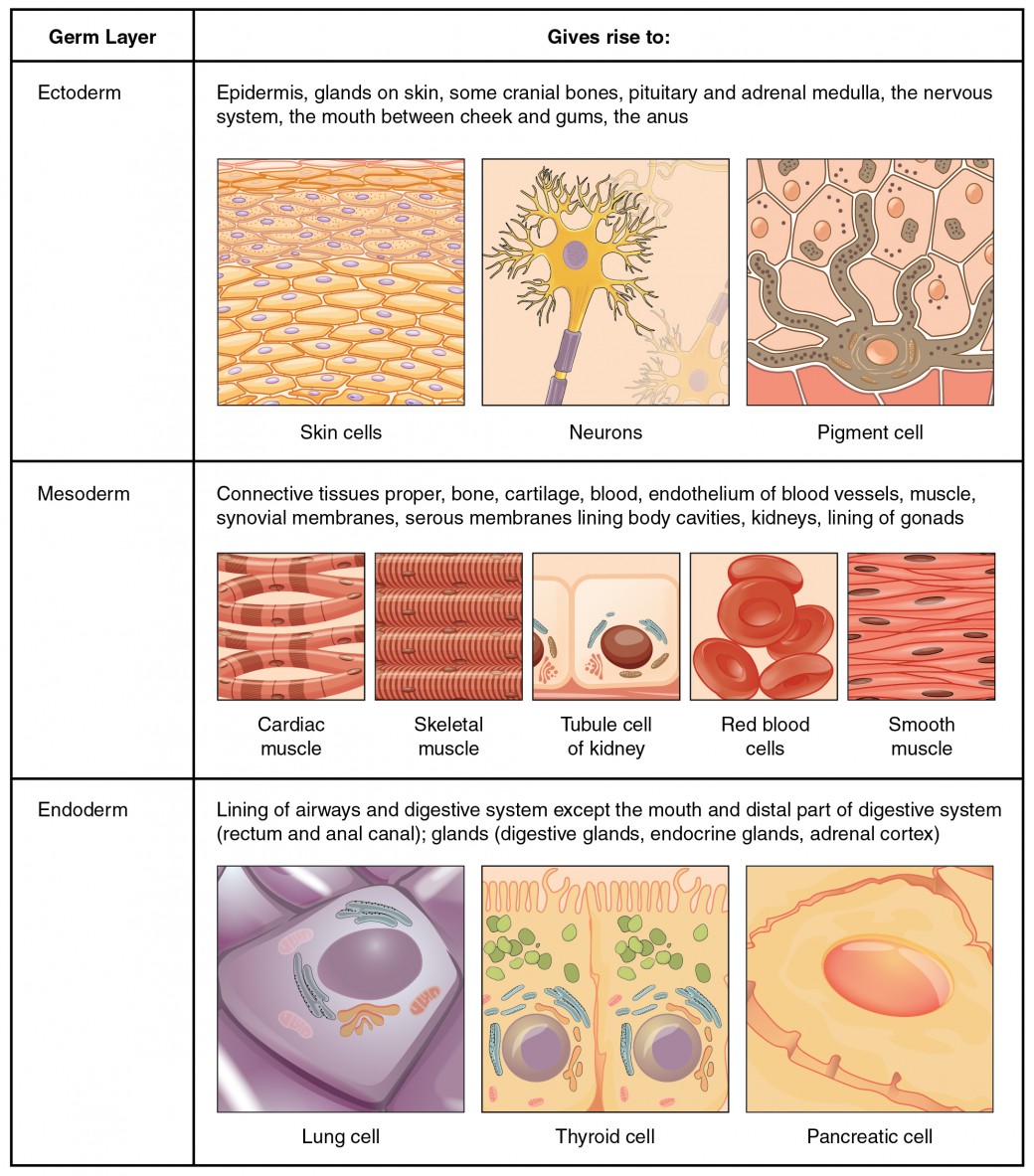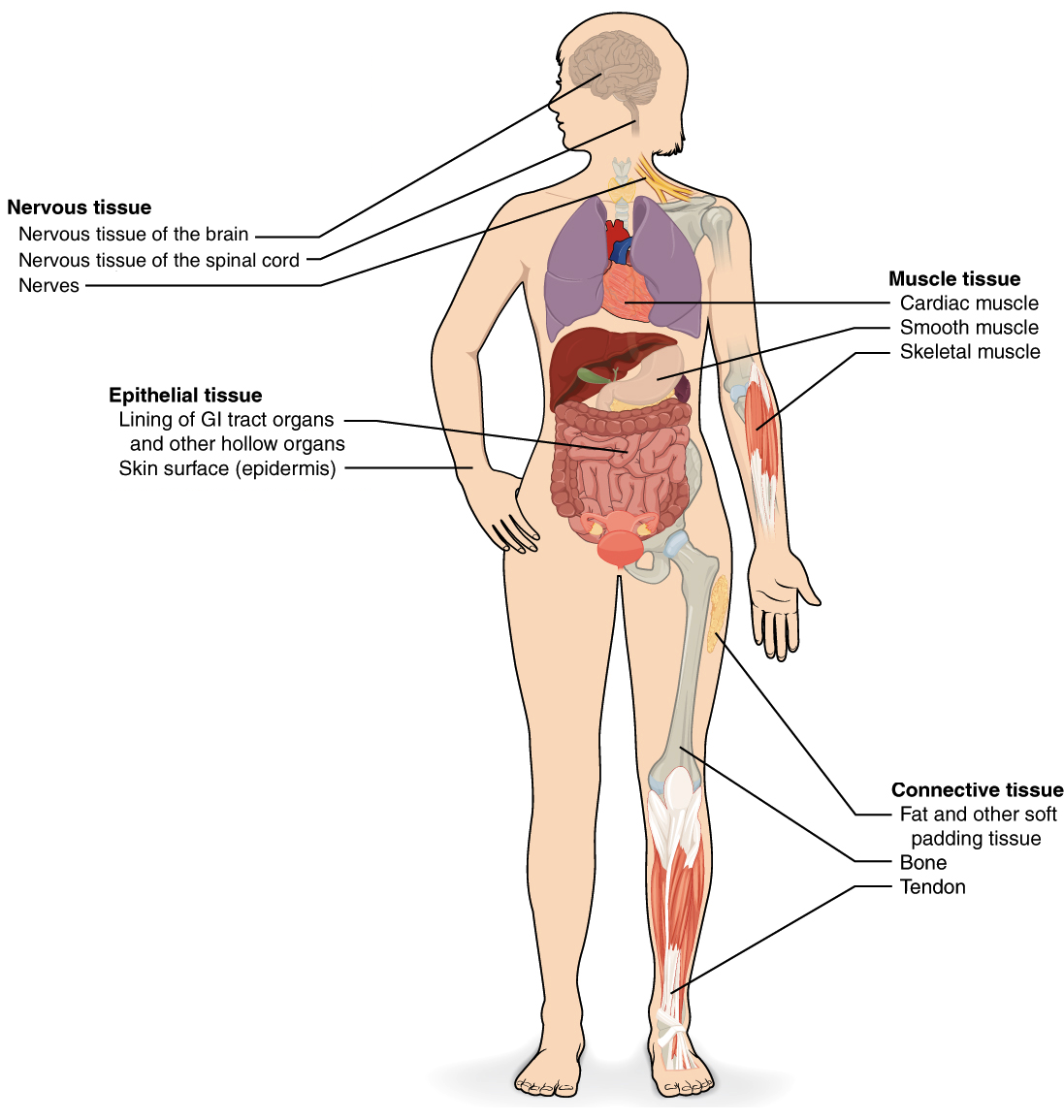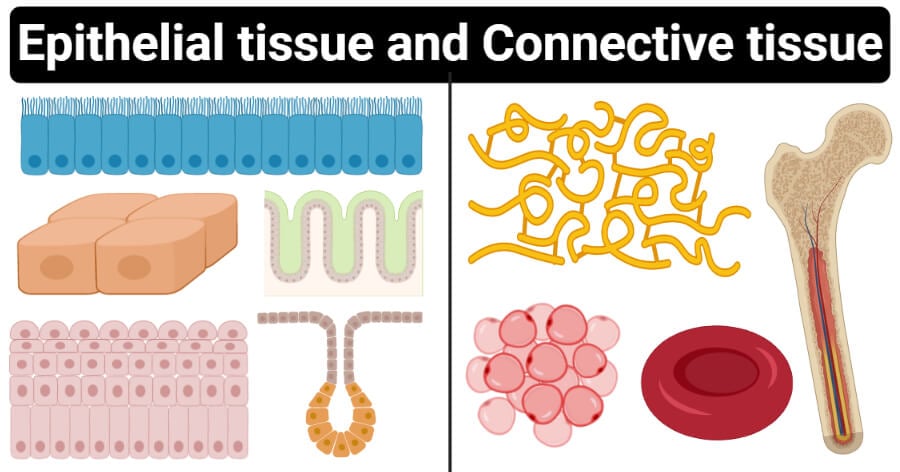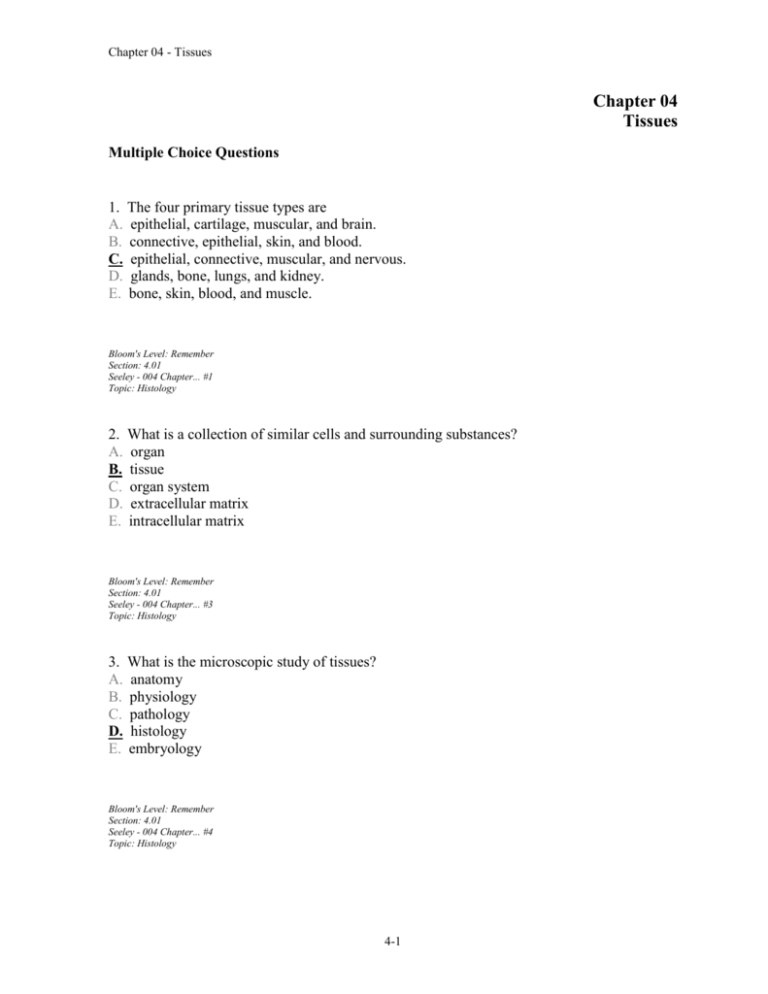Epithelial Connective Muscle and Nervous Are Terms Used to Describe
Epithelial connective muscle and nervous tissues. Through watching a series of videos studying microscopic images and answering questions my hope is that you gain a strong.

Introduction Anatomy And Physiology
INTRODUCTION The term tissue is used to describe a group of cells found together in the body.

. Epithelial tissue also referred to as epithelium refers to the sheets of cells that line all surfaces of the body. Organs are wondrous things each one with a different function vital to the homeostasis of your body. Lining of urinary bladder ureter urethra.
Terms in this set 5 epithelial. It is essential that nervous tissue lie in the brain because the brain is the center of nervous activity. The Complexity of Human Organs.
Summarize the effects of exercise and aging on muscle tissue. Tissue has elongated cells that shorten and cause movement. Although there are many types of cells in the human body they are organized into four broad categories of tissues.
How do epithelial connective muscle and nervous tissues contribute to the function of the human body. Transitional Epithelial tissue Function. Describe the divisions of the nervous system and their contents.
EPITHELIUM EPITHELIAL TISSUE Functions jobs. Describe the anatomy of skeletal muscle tissue. Biologists describe the animal body in terms of an __ __ organizational hierarchy.
There are four categories of tissues. Understand how neurons. Epithelial tissue connective tissue muscle tissue and nervous tissue are the four basic types of animal tissue.
Epithelial tissue also referred to as epithelium refers to the sheets of cells that cover exterior surfaces of the body lines internal cavities and passageways and forms certain glands. Identify and describe which of the four tissue types epithelial connective muscle andor nervous tissues are present in the organ. Epithelial connective muscle and nervous.
Epi-means above and -theliummeans tissue so epitheliumis a group of tissues that are located above covering or lining all other tissues of the body. Muscle tissue contracts to initiate movement in the. What are the unique characteristics and functions of each tissue type.
Stretches readily permits distension of urinary organ bu contained urine. These tissues contain epithelial cells that are packed tightly together to protect underlying tissues. Human body comprises of four types of primary tissues.
Muscle fibers that are capable of contracting. Cells contain processes that receive and generate electrical signals to communicate with other cells. Epithelial connective muscle and nervous.
Epithelial Connective Muscle Nervous Description features Functions Define the following types of cell-cell contact. Start studying Epithelial Connective Muscle Nervous Tissue. Comes from a root word meaning woven because the four major kinds of tissues interweave together to form organs.
Your organs are composed of the four tissue types. It protects us from the outside world - skin. Epithelial connective muscle and nervous.
Start studying Epithelial Connective Muscle Nervous Tissue. Name the primary tissue type epithelial connective muscle or nervous that is described. Have ability to make normal body type cells.
In animal tissues cells are embedded in a __ matrix that includes water lipids carbohydrates and usually protein fibers. Epithelial tissue connective tissue muscle tissue and nervous tissue. Epithelial tissues act as coverings controlling the movement of materials across the surface.
Learn vocabulary terms and more with flashcards games and other study tools. Learn vocabulary terms and more with flashcards games and other study tools. What are some examples of organs that compose each of the tissue typesA mother brings her five year old daughter to the doctor for her annual physical exam.
Analyze how the size of a motor unit contributes to the function of a muscle. Epithelial tissue Connective tissue Nervous tissue and Muscle tissue. This absorbs most of the nutrients from the ingested food.
Connective muscle nervous and epithelial tissues are the four broad categories of __ in __ tissues animals. The Four Types of Tissues. Tissue contains more extracellular matrix than cells.
The four different types of primary tissues are epithelial tissue muscle tissue connective tissue and nervous tissue. These tissues perform different functions and more than one tissue type in combination forms organs. Provides structure to body.
Epithelial Covering secretion Connective Support Muscle Movement Nervous Control Histology. The human body contains more than 200 types of cells that can all be classified into four types of tissues. E A Read aloud Draw Epithelial Nervous Mammalian Tissues Online Activities Connective Muscle The following online lab activities should hopefully build upon what you arewill be learning in the lecture portion of this course.
The cells in the epithelial tissue are organized into one or more cell layers. Connective tissue as its name implies binds the cells and organs of the body together and functions in the protection support and integration of all parts of the body. Epithelium connective muscle and nervous.
We will cover epithelial tissue and connective tissue in this module. Both tissue types consist of specialized cells and extracellular matrix. The cells within a tissue share a common embryonic origin.
The human body is made up of four basic primary tissues. Connective tissue integrates the various parts of the body and provides support and protection to organs. There are four basic tissue types defined by their morphology and function.
Protects body from moisture loss bacteria mechanical injury. Each of these categories is characterized by specific functions that contribute to the overall health and maintenance of. Bind and support other tissues.
Epithelial tissue creates protective boundaries and is involved in the diffusion of ions and molecules. Connective tissue binds together protects and supports structures of the body. Connective tissue underlies and supports other tissue types.
But connective tissue is composed of more extracellular fluid and cells in the tissue are scattered throughout. Collagen and elastic fibers are typically found. The small intestine is lined with simple columnar epithelial tissue.
There are four categories of tissues. Describe the properties and functions of skeletal muscle tissue. There are four main tissues in the body epithelium muscle connective tissue and nervous tissue.
Tissues - Epithelium Muscle Connective Tissue and Nervous Tissue Histology Tissues are groups of cells with a common structure form and function job. The study of tissues.

Tissue Types Connective Muscle Nervous Royalty Free Vector

Solved A Primary Tissue Structure And Function Name The Chegg Com

Solved 1 Match Each Type Of Tissue With The Correct Chegg Com

Tissues Organs Organ Systems Article Khan Academy

What Are Tissues Groups Of Cells That Are Similar In Structure And Perform A Common Or Related Function Basic Tissue Types Epithelial Connective Muscle Ppt Video Online Download

4 1 Types Of Tissues Anatomy Physiology

Types Of Tissues Anatomy And Physiology I

Chapter 4 Tissue Histology Flashcards Practice Test Quizlet

Epithelial Vs Connective Tissue Definition 15 Differences Examples

Unit 6 Tissue Structure And Functions Douglas College Human Anatomy Physiology I 2nd Ed

Types Of Tissues Anatomy And Physiology I

A P Marieb Unit 1 Chapter 4 Flashcards Quizlet

Types Of Tissues Anatomy And Physiology I

Tissue Types Connective Muscle Nervous And Epithelial Cells Stock Vector Illustration Of Layer Heart 205375511

Ap Module 5 Skeletal System Kin 324 Applied Human Anatomy Studocu




Comments
Post a Comment